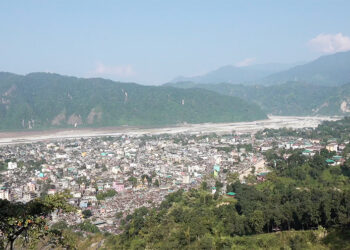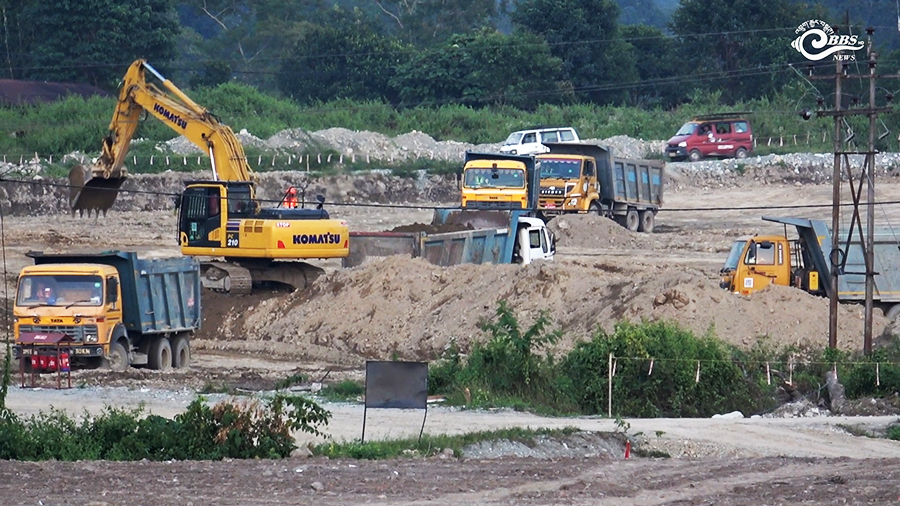 Four months into construction, the Gelephu International Airport project continues to move forward. With nearly 15 per cent of earthworks completed, project teams say the work remains on schedule, supported by continuous operations and coordination between international experts and Bhutanese contractors.
Four months into construction, the Gelephu International Airport project continues to move forward. With nearly 15 per cent of earthworks completed, project teams say the work remains on schedule, supported by continuous operations and coordination between international experts and Bhutanese contractors.
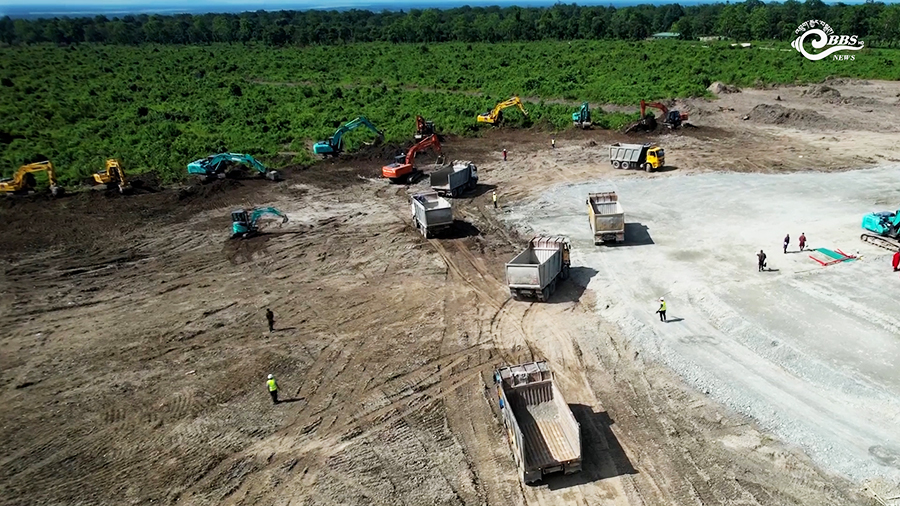 It’s a busy afternoon at the Gelephu International Airport construction site. The works are in full swing, as hundreds of workers push forward with one shared goal to turn this vast stretch of land into Bhutan’s next international gateway.
It’s a busy afternoon at the Gelephu International Airport construction site. The works are in full swing, as hundreds of workers push forward with one shared goal to turn this vast stretch of land into Bhutan’s next international gateway.
The Rigsar–Vajra Joint Venture has completed vegetation and debris clearing. Topsoil removal is nearing completion.
To build a foundation that can support aircraft, the team is removing weak soil and replacing it with stronger material.
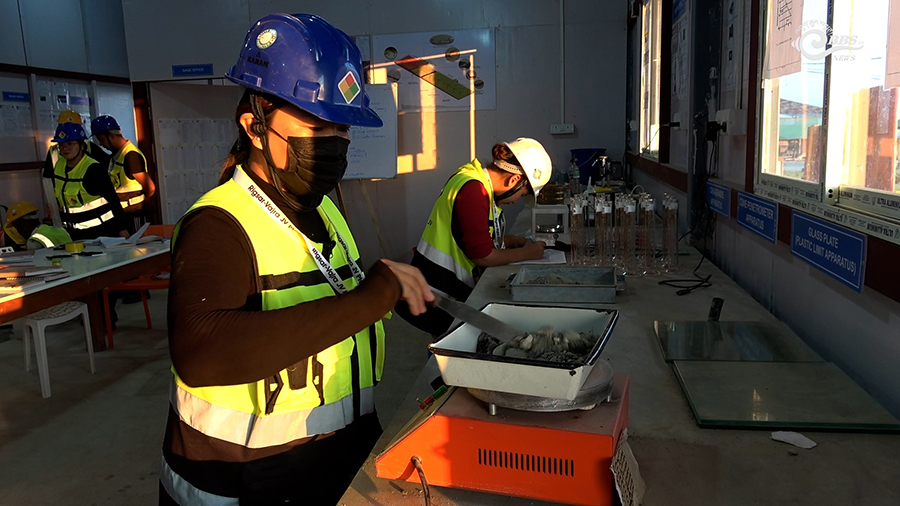 At the on-site laboratory, staff conduct soil density tests to ensure the runway meets international standards.
At the on-site laboratory, staff conduct soil density tests to ensure the runway meets international standards.
Crusher plants are supplying aggregates for backfilling and embankment works.
 Heavy rollers weighing up to 22 tonnes, equipment never before used in Bhutan, are now in operation for compaction.
Heavy rollers weighing up to 22 tonnes, equipment never before used in Bhutan, are now in operation for compaction.
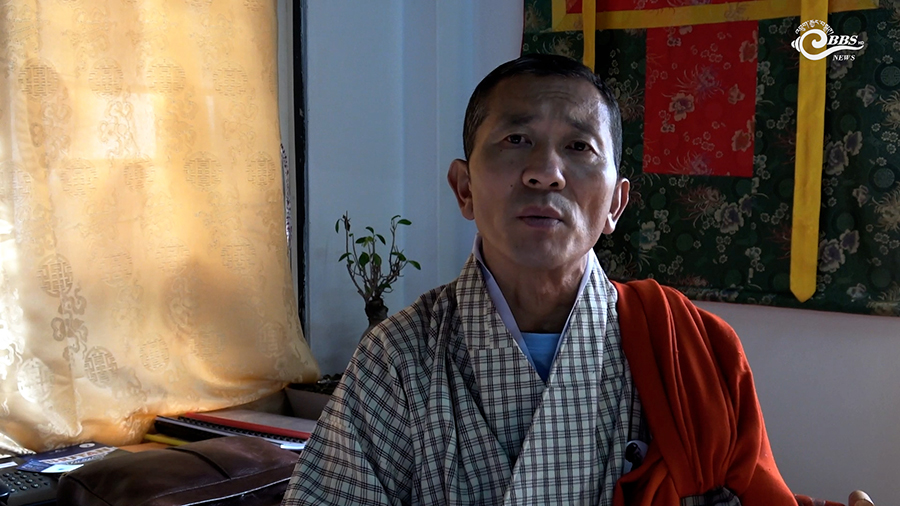 “It is very encouraging to see our Bhutanese firms actively participating in such a large-scale project. It’s a valuable opportunity for them to gain new ideas and experience. Based on the daily progress reports we receive, I am happy to share that the works are on schedule and progressing well,” said Dasho Dr Lotay Tshering, the Governor.
“It is very encouraging to see our Bhutanese firms actively participating in such a large-scale project. It’s a valuable opportunity for them to gain new ideas and experience. Based on the daily progress reports we receive, I am happy to share that the works are on schedule and progressing well,” said Dasho Dr Lotay Tshering, the Governor.
Work continues into the night under floodlights.
 Around 150 workers and 60 machines, including excavators, dump trucks, dozers and compactors, are deployed during night shifts.
Around 150 workers and 60 machines, including excavators, dump trucks, dozers and compactors, are deployed during night shifts.
These numbers will rise as work increases in the coming months.
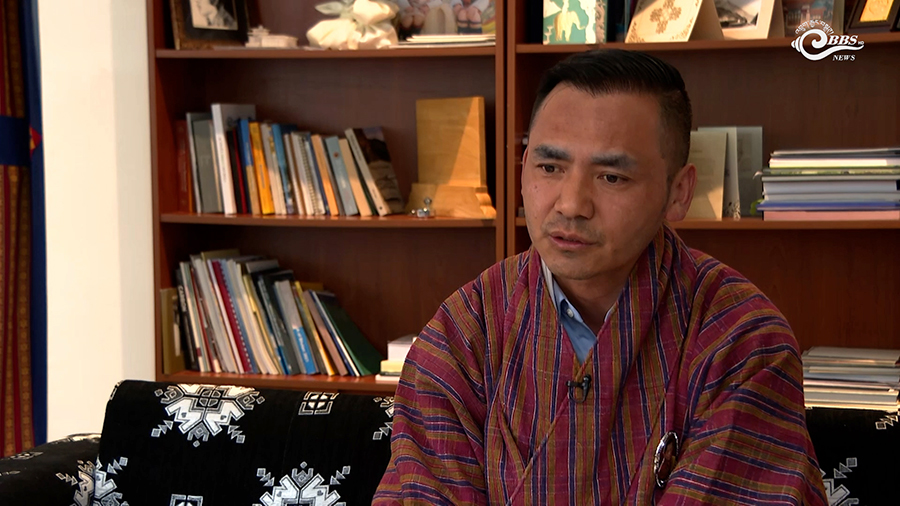 “The number of workers and equipment at the site is high, and the project management team, the client and the contractor need to ensure there are no accidents. We do not have enough people to monitor operations throughout the night, and that is a constraint,” said Tashi Penjor, the Managing Director of the City Development, GMCA.
“The number of workers and equipment at the site is high, and the project management team, the client and the contractor need to ensure there are no accidents. We do not have enough people to monitor operations throughout the night, and that is a constraint,” said Tashi Penjor, the Managing Director of the City Development, GMCA.
 Officials say safety at a site of this size requires constant monitoring.
Officials say safety at a site of this size requires constant monitoring.
Tashi Penjor said, “One operator cannot work more than eight hours. For the second shift, we require a separate set of workers. Different sets of operators and supervisors from both the contractor and the client help us monitor safety. Safety remains our priority.”
In the coming months, the team will carry out cut-and-fill operations, lowering high areas and filling low sections to level the site.
Earthworks will continue until next year. Main construction will begin in June 2026.
The project is scheduled for completion by the end of 2029.
Once complete, the airport will handle 1.3 million passengers each year, with room to expand capacity to more than 5.5 million.
 Day or night, the sound of machinery here in Gelephu tells the story of progress, a story built on teamwork, technology, and tireless dedication. As work continues around the clock, Bhutan moves one step closer to realising its vision of connecting Gelephu to the world.
Day or night, the sound of machinery here in Gelephu tells the story of progress, a story built on teamwork, technology, and tireless dedication. As work continues around the clock, Bhutan moves one step closer to realising its vision of connecting Gelephu to the world.
Passang Dorji, Gelephu










